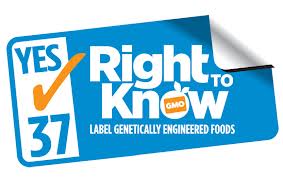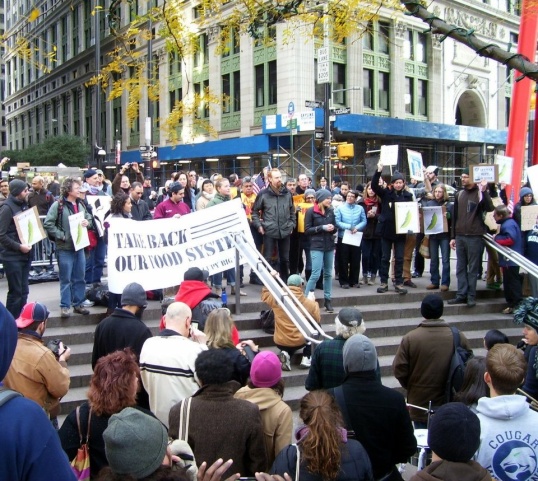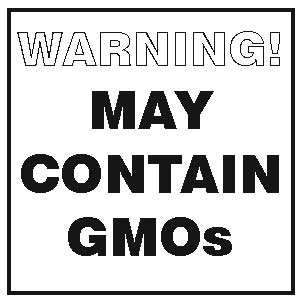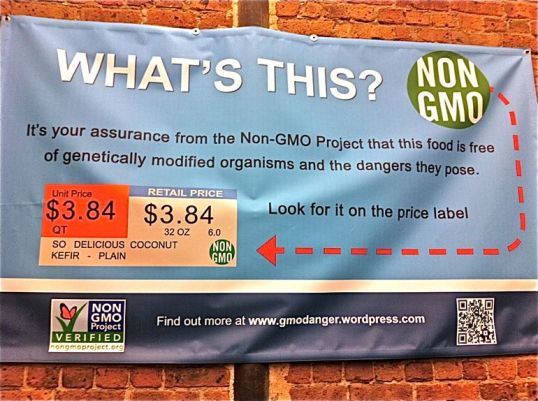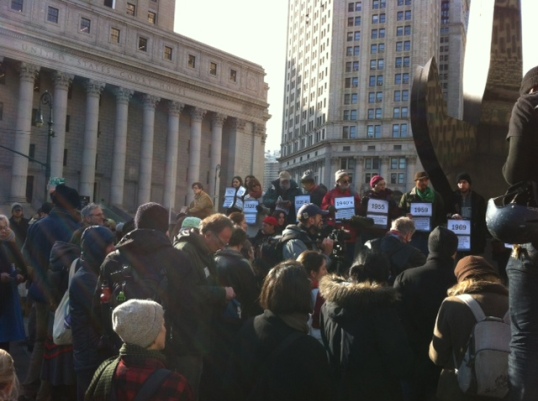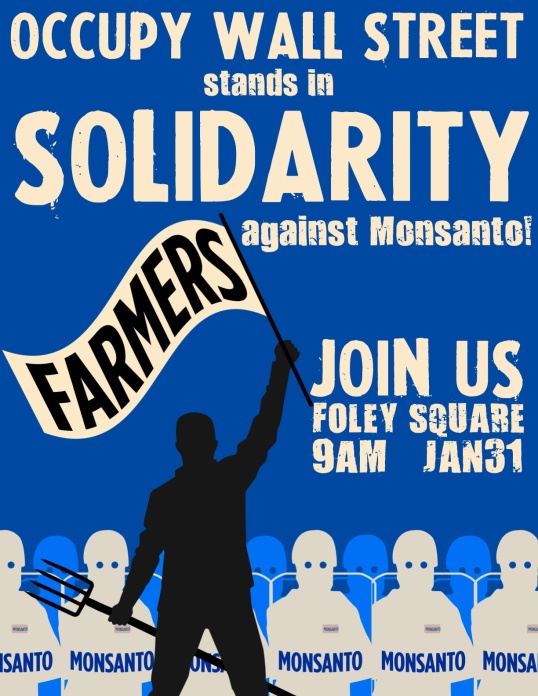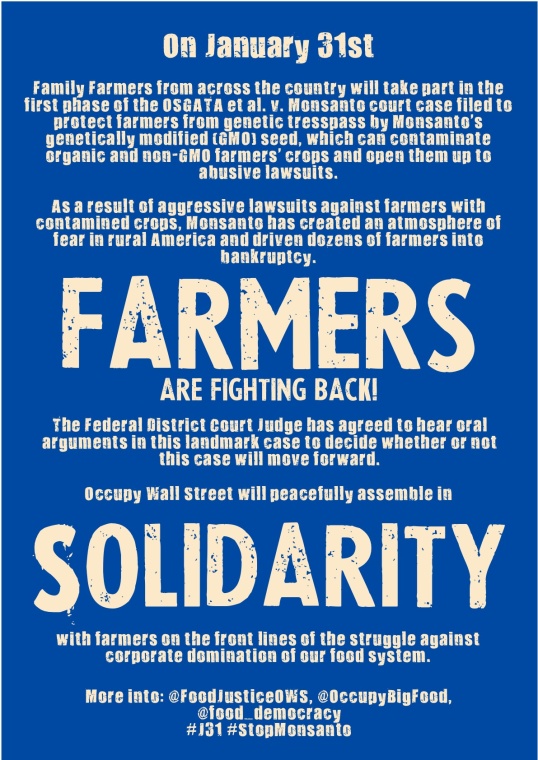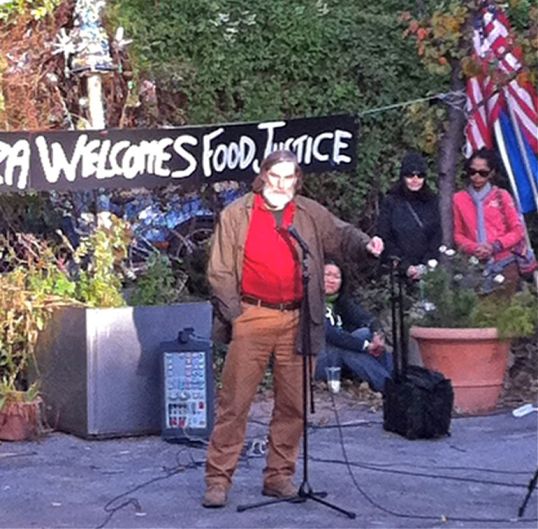
Paula Deen’s public admission that she has Type 2 diabetes and her follow-up announcement that she is also a paid spokesperson for the pharmaceutical company Novo Nordisk, and its diabetes drug, Victoza, has sparked an interesting debate about the deeper issues surrounding our food system—especially the impact it has on the many people diagnosed with diabetes. And according to Deen’s comments on the Today show, she implies to her millions of fans, that the primary ways to deal with this largely diet-related disease are through personal responsibility and pharmaceuticals.
Indeed, when Al Roker, asks her if she is going to change the way she eats and the foods she cooks, Deen says, “Honey, I’m your cook, I’m not your doctor. You are going to have to be responsible for yourself.” Evading the question, Deen puts the onus back on the individual to decide what foods to eat or not, despite the fact that she promotes unhealthful and processed foods on TV. The one comment she does make about food choice is “moderation,” one of the most meaningless and confusing bits of nutrition advice. In fact, this is what the industry giants often use as their defense for harmful, unhealthful foods.
Personal responsibility and consumer choice are solutions heralded by conservatives and liberals alike—the idea being that ultimately good health comes down to what we choose to buy and eat. But it’s not that simple.
There are three main issues when it comes to the myth of personal responsibility about food choice and they get at the root of our nation’s health crisis: The public’s confusion about nutrition; the lack of time and knowledge about real home cooking; and the promotion of quick fixes like drugs, diet foods, and fads in lieu of addressing underlying causes. The Paula Deen diabetes story manages to hit on every single one of these issues.
Americans suffer from nutrition confusion, thanks to an array of conflicting and often inaccurate public health messages, misleading labels and claims on packaging, and a lack of nutrition knowledge by many doctors, dietitians, and other health care providers.
Deen’s cooking, and now her public diabetes announcement, only adds to this confusion. During the Today show interview she repeatedly mentions the amount of fat in her recipes, as do many in the media reporting on the story. “For 10 years, wielding slabs of cream cheese and mounds of mayonnaise,” a New York Times article begins, “Paula Deen has become television’s self-crowned queen of Southern cuisine.”
But real, unprocessed cream cheese and mayonnaise are not the problem. The issue that mainstream media has largely overlooked is that Deen uses the processed, packaged versions of these foods, which are full of chemicals, additives and trans-fats. Actual home cooking would require whipping these foods up herself in her kitchen using real ingredients. And that is the real story behind Deen’s diabetes diagnosis: Her health problems are largely due to her reliance on packaged, processed foods that are the foundation for many of her recipes.
Even though her cooking show is called Paula’s Home Cooking, there’s a lot going on in her kitchen that is as far removed from home cooking as you can get. Many of her recipes include “ingredients” like Krispy Kreme doughnuts, biscuit mixes, cans of mushroom soup, and sour-cream-and-onion flavored potato chips. This is processed food cooking, not home cooking.
Heaping the blame on all the “fat” she cooks with only serves to confuse the public further. A New York Daily News article also cites fat as one of the main culprits in Deen’s cooking and her diet. But the most recent research indicates that when it comes to diabetes, fat is not the problem. The problem foods are sugar, refined white flour, chemical additives, artificial sweeteners and flavors, trans-fats, and the various other chemicals and additives found in the processed foods that abound in Deen’s recipes.
Now Deen is pushing the idea that taking medicine is the real solution to diabetes. On the Today show, she says, “Here’s what I want to get across to people, I want them to first start by going to their doctor and asking to be tested for diabetes. Get on a program that works for you. I’m amazed at the people out there that are aware they’re diabetic but they’re not taking their medicine.”
According to Deen, the reason she waited three years to go public with her diagnosis was because she didn’t have anything to give her fans. “I could have walked out and said, ‘Hey ya’ll, I have been diagnosed with Type 2 diabetes.’ I had nothing to give to my fellow friends out there. I wanted to bring something to the table when I came forward.” So what is she bringing to the table? A sales pitch for a diabetes drug that costs $500 per month and has some seriously troubling side effects, including thyroid cancer, as Tom Philpott reports.
Just think of the kind of influence she could have wielded had she come out with a new cooking show that focused on using fresh, real food ingredients that cut way back on sugar and refined carbohydrates. In fact, if she had done so and eaten this way for the past three years she might have reversed her own diabetes diagnosis, which is entirely possible given the right diet.
But instead, Deen is getting paid to leave that task to a drug company. This isn’t her first corporate sponsorship (here she peddles Smithfield ham) and I doubt it will be her last. Diabetic and diet foods can’t be far behind in products she’ll attach to her name.
Alas, we can’t fairly discuss personal responsibility without taking into account the under-regulated advertising industry that pushes cheap, convenient, and processed foods on an overworked and cash-strapped population. Add to this the diminishing knowledge on how to shop for, cook, and prepare foods from scratch and we have a serious problem.
As Deen now joins the 25.8 million other Americans suffering with diabetes, she “brings to the table” the ideas of moderation, personal responsibility, and the drug Victoza as the solutions. She could do so much more with all the power she wields.
Anthony Bourdain put it squarely when he said of Deen, “If I were on at seven at night and loved by millions of people at every age, I would think twice before telling an already obese nation that it’s OK to eat food that is killing us.” And this was before her diabetes announcement. Bourdain has also said that Deen is the “worst, most dangerous person to America.” He might have a point.


